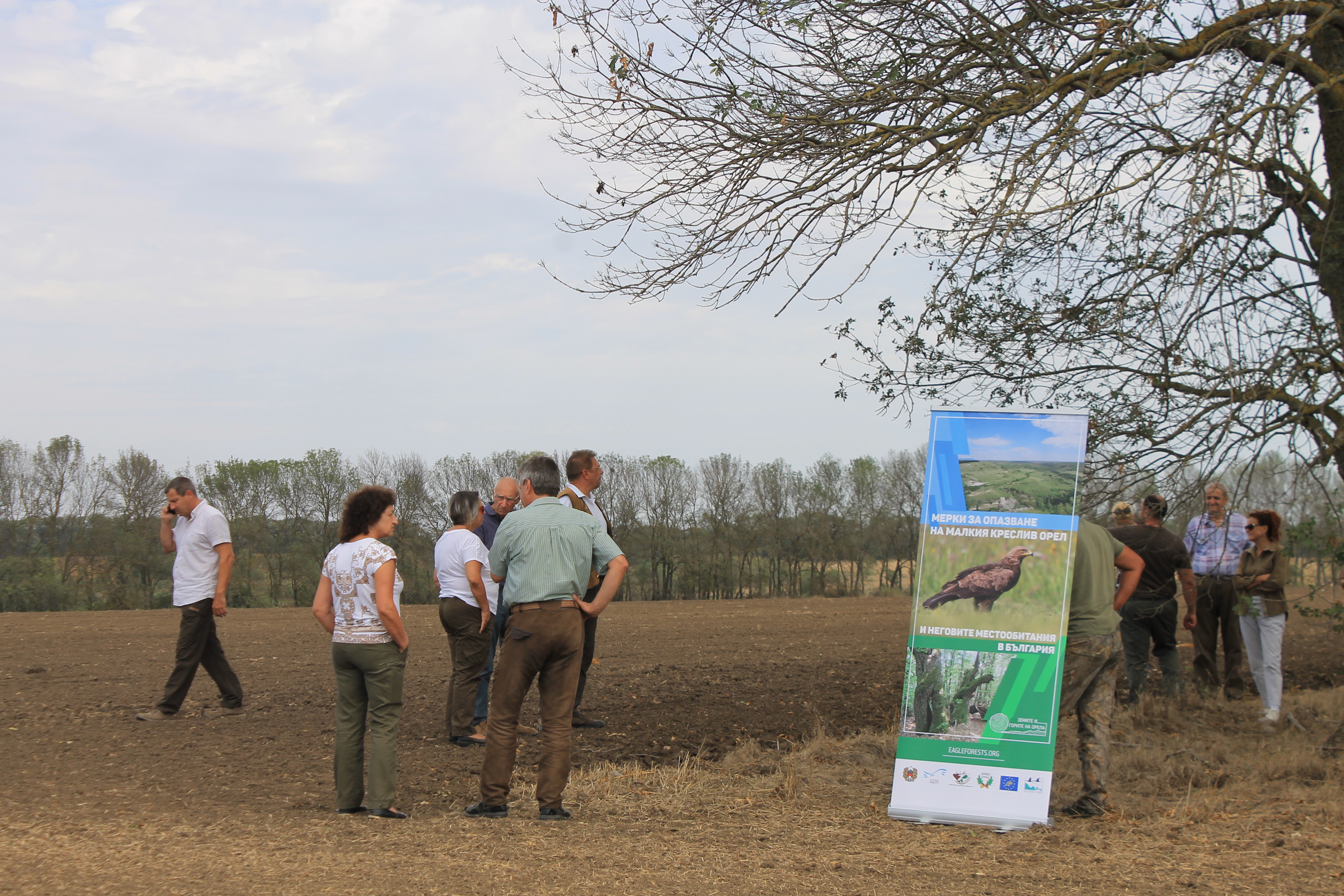
Unusual drying in the field protection belts in Dobrudja
Unusual drying of nearly 100 kilometers-long forest field protection belts in Dobrogea is observed this year and forest stands of ash are mainly affected. Due to the lack of snow in the winter and the insufficient precipitation in the spring and summer, degradation of the field protection belts on the territory of the State Hunting Unit Balchik has begun. The management of the unit sent a signal to the Forest Protection Station in Varna, a joint visit was made and it was found that drying began not only of individual trees, but also of entire forest stands. Expert teams from the University of Forestry, the Executive Forestry Agency and the Forest Institute at the Bulgarian Academy of Sciences were also called in to identify the causes of the drying. 365 plantations on the territory of the municipalities of Shabla, Kavarna and Balchik were surveyed, the trees in which are between 20 and 80 years aged. The degradation process is observed everywhere, but mainly in stands of Mountain ash and American ash.
After the rains at the end of June, some of the belts improved their condition, but unfortunately for others this did not happen. The director of the Northeastern State Enterprise, Eng. Veselin Ninov, who monitored the results of inspections, organized a meeting of experts from the Institute of Forestry, Varna Regional Forestry Directorate, Northeastern State Enterprise and affected units to determine the cause of drying and identify short-term and long-term measures to address the problem. Prof. Georgi Georgiev from the Institute of Forestry and his colleagues took samples from the affected stands, but their final report is not yet ready. During the meeting, it was suggested that the process is due to an insect pest, which is not known in our latitudes, but occurred due to climate change as well as prolonged drought over the last two years. Scientists believe that the insect destroys the buds, young twigs and leaves of trees, which leads to their drying out. Prof. Georgiev said that after the results are released, a plan will be developed to combat this pest which is new for our country.
At the end of the meeting, a decision was held on performing sanitary felling in the most affected areas, so as not to create a problem for farmers, and afforestation of the affected areas will begin in the spring of 2021. According to Eng. Veselin Ninov, however, a long-term solution must be sought, because in 10-20 years this problem will escalate. Gradual replacement of moisture-loving tree species, such as ash, with species that are more drought-resistant should begin. The afforestation of the affected belts in Dobrudja will be carried out with the support of European funds, thanks to two projects supported by EC LIFE Programme – the project „Measures for the protection of the Lesser Spotted Eagle and its habitats in Bulgaria“, jointly implemented by the Executive Forestry Agency, the Bulgarian Society for the Protection of Birds, the Northeastern State Enterprise and Southeastern State Enterprise and the project „Forests of the Northeast“ LIFE19 NAT / BG / 001133 – LIFE IASHAB. NESC partners in this project are Southwestern State Enterprise, Executive Forestry Agency, Romsilva, North Central State Enterprise, ABZ-2006 and WWF.




